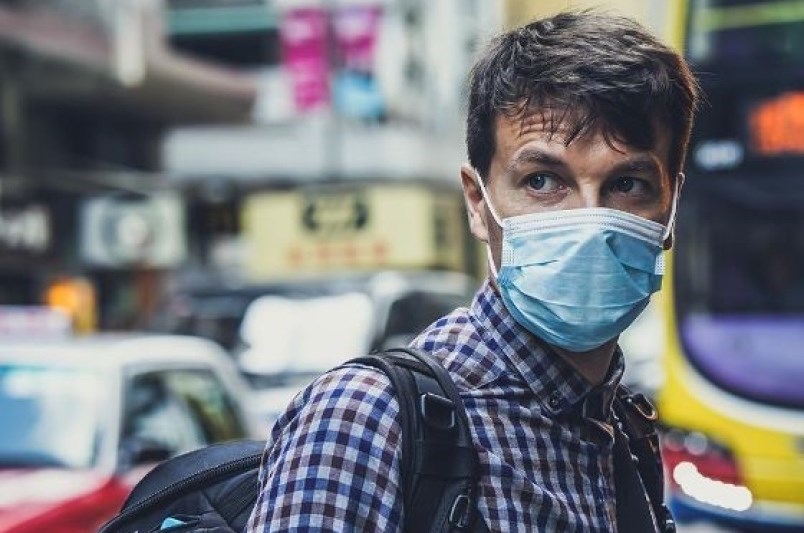For those making their own masks to slow the spread of the coronavirus (COVID-19), UBC research suggests the usual materials might not be the most effective at filtering out micro-droplets.
In fact, their research showed materials like dried baby wipes were the most effective of the 41 different items they tried; they called baby wipes, along with Halyard sterile wraps and 2-ply paper towels, the most promising materials at filtering microscopic droplets. While the Halyard wraps were the most effective, washing them had an impact on their effectiveness, while dried baby wipes didn't experience the same drop.
The worst of the materials experimented on were the likes of spandex and silk. In between silk and Halyard wrappings were more traditional cloth types.
"Looser weaves or knits of cotton perform relatively well, possibly because the cotton yarns often exhibit a frayed surface, with smaller fibers protruding from the main bundles," note the researchers.
The study, recently published in Aerosol Science and Technology (a scientific journal), notes that essentially all cloth materials would filter out droplets 10 microns and bigger. It also notes that while the virus is much smaller than the droplets filtered by masks, it travels via the droplets (so if you stop the droplets you stop the spread).
They also note that a three-layer design using different materials could work; something like silk could be closer to the skin since it's more comfortable and dried baby wipes could be used as a removable middle layer.
"Three-layer masks provide the opportunity to use replaceable middle layers that might (be adept at stopping the droplets) but are not wicking, not washable and are less biocompatible. In such a 3-layer construction it is not entirely clear what characteristics are needed for the outer layer," write the researchers.
An interactive infographic website was created to go with the research, which allows people to see how different combinations of fabric impact the data, and one of the researchers also works with the Free Masks Project.



